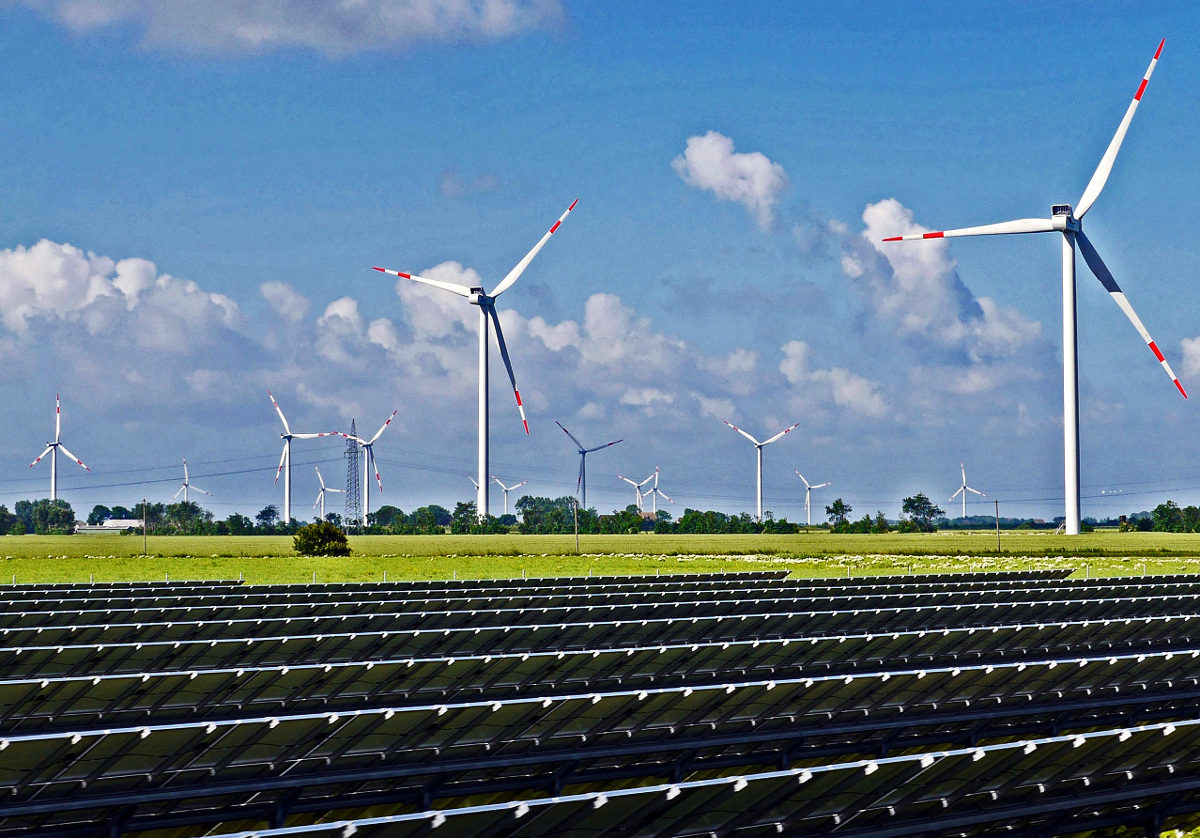India’s Minister of Power and New & Renewable Energy, Raj K. Singh, has launched a plan to develop the transmission system for the integration of over 500 GW of renewable energy capacity by 2030. The plan envisages an additional transmission system and the installation of battery energy storage capacity.
As per the plan, India will need to develop additional transmission systems including 8,120 ckm of high-voltage direct current transmission corridors (+800 kV and +350 kV), 25,960 ckm of 765 kV AC lines, 15,758 ckm of 400 kV lines, and 1,052 ckm of 220 kV cable to integrate 500 GW of non-fossil fuel capacity planned by 2030. The estimated cost for these systems is INR 2.44 lakh crore.
The plan also includes the transmission system required for the evacuation of 10 GW off-shore wind located in Gujarat and Tamil Nadu, which is estimated to cost INR 0.28 lakh crore. “With the planned transmission system, the inter-regional capacity will increase to about 1.50 lakh MW by 2030 from 1.12 lakh MW at present,” stated the ministry.
Considering the availability of renewable energy-based generation for a limited period during the day, the plan also envisages the installation of 51.5 GW of battery energy storage capacity to provide round-the-clock power to end-consumers.
The Ministry of Power had constituted a high-level committee under the Chairperson of Central Electricity Authority, with representatives from the Solar Energy Corporation of India, Central Transmission Utility of India Ltd, Power Grid Corporation of India Ltd, National Institute of Solar Energy, and National Institute of Wind Energy for planning the transmission system required for having 500 GW of non-fossil fuel based installed capacity by 2030.
The Committee prepared a detailed transmission plan in consultation with states and other stakeholders.
In outlining the transmission system requirements, the plan considered Fatehgarh, Bhadla, and Bikaner in Rajasthan, Khavda in Gujarat, Anantapur and Kurnool RE Zones in Andhra Pradesh, locations for offshore wind potentials in Tamil Nadu and Gujarat, and RE park in Ladakh as potential RE generation centers.
“The planned transmission system projected will provide visibility to the renewable energy developers about the potential generation sites and scale of investment opportunity. Further, it will also provide the transmission service providers the vision of growth opportunity available in the transmission sector along with investment opportunity of about INR 2.44 lakh crore,” said the ministry.
At present, India has installed an electricity generation capacity of 409 GW comprising 173 GW (about 42%) from non-fossil fuel sources. For evacuation of power from the planned renewable capacity by 2030, a robust transmission system needs to be in place in advance as the gestation period of wind- and solar-based generation projects is much less than that of the associated transmission system.
This content is protected by copyright and may not be reused. If you want to cooperate with us and would like to reuse some of our content, please contact: editors@pv-magazine.com.









By submitting this form you agree to pv magazine using your data for the purposes of publishing your comment.
Your personal data will only be disclosed or otherwise transmitted to third parties for the purposes of spam filtering or if this is necessary for technical maintenance of the website. Any other transfer to third parties will not take place unless this is justified on the basis of applicable data protection regulations or if pv magazine is legally obliged to do so.
You may revoke this consent at any time with effect for the future, in which case your personal data will be deleted immediately. Otherwise, your data will be deleted if pv magazine has processed your request or the purpose of data storage is fulfilled.
Further information on data privacy can be found in our Data Protection Policy.